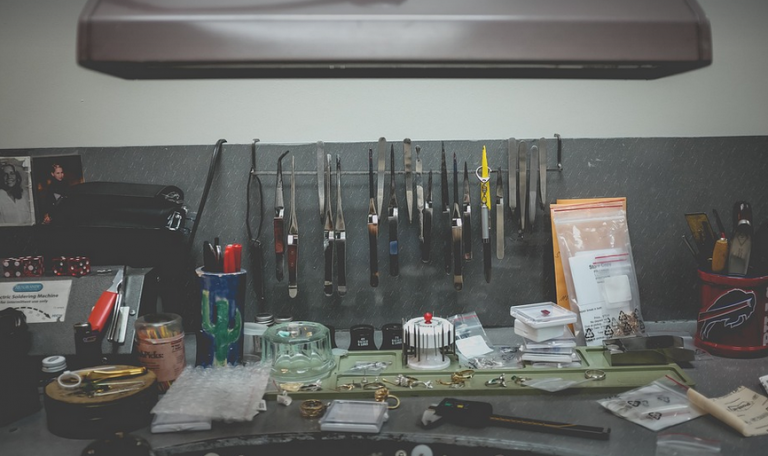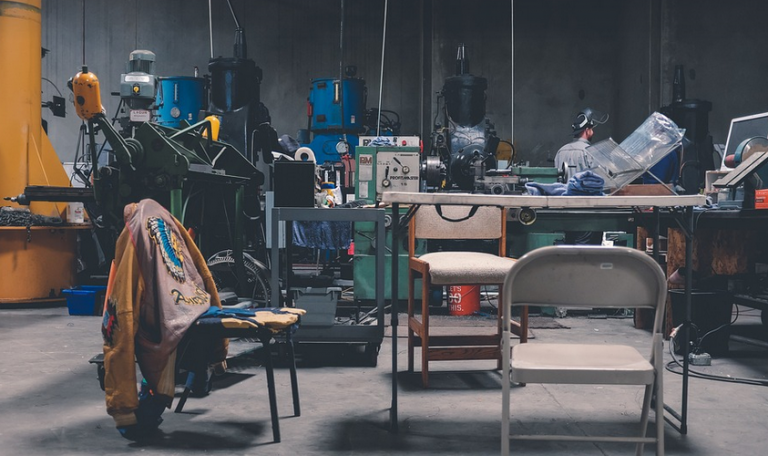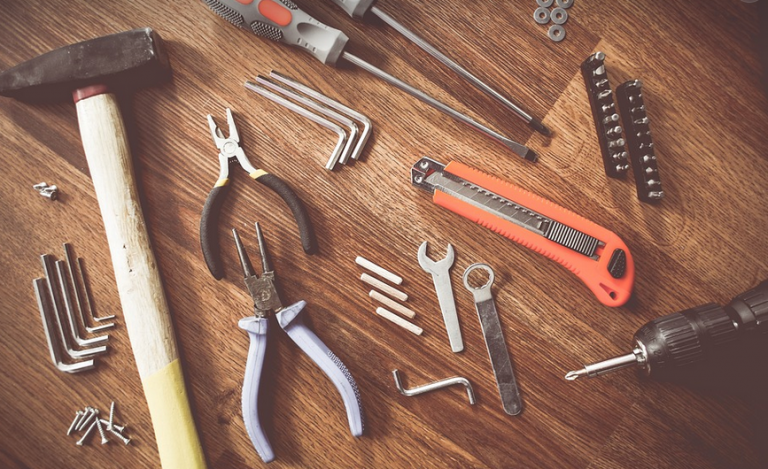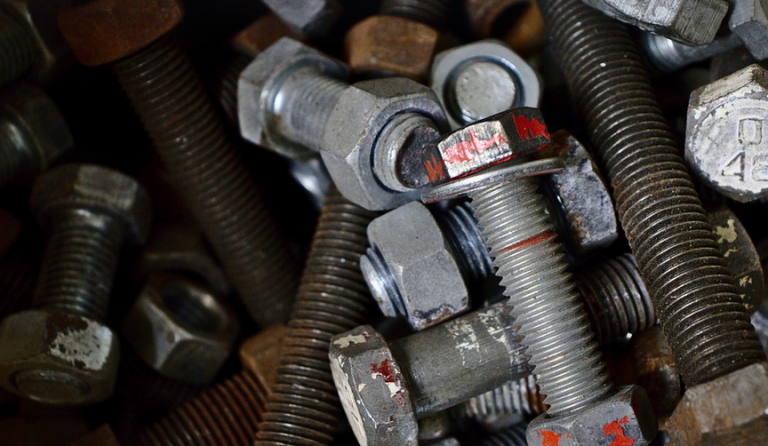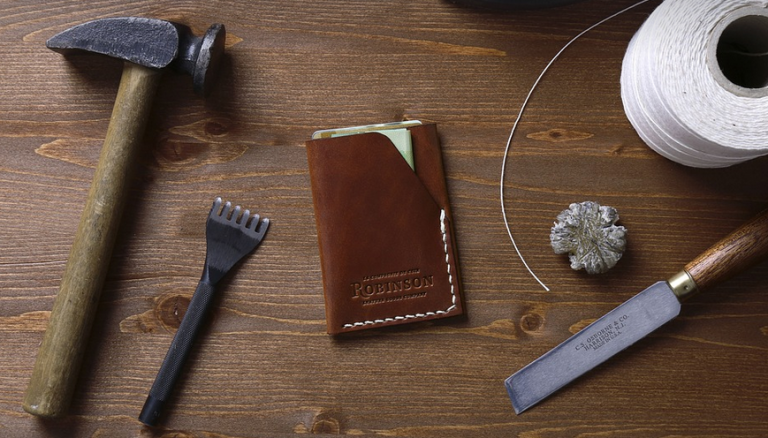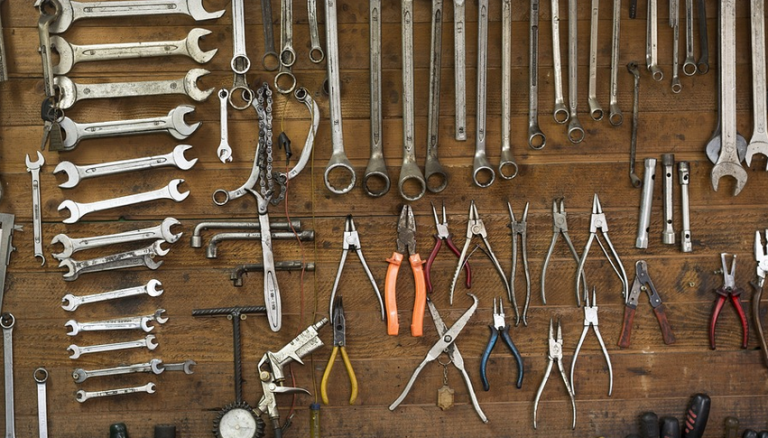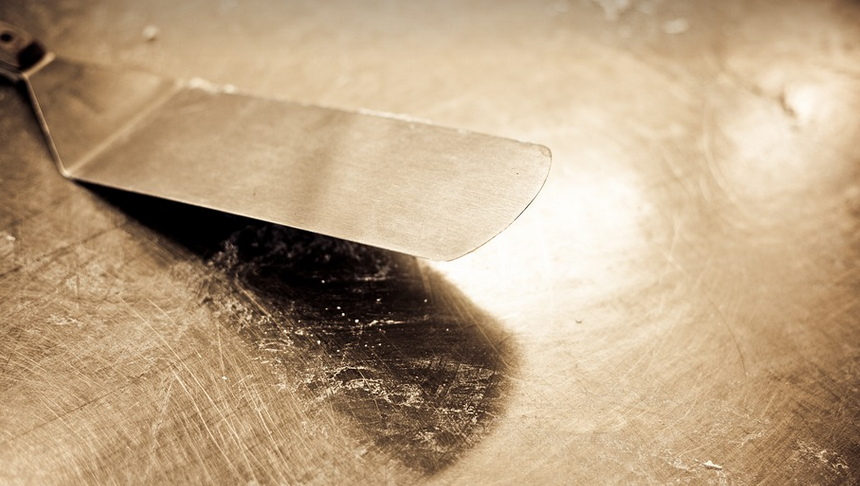
The Curious Case of Ceramics
You know those sleek, razor-sharp knives that seem to defy the very laws of physics and effortlessly slice through anything you throw at them? Well, in 2024, ceramic knives have taken the culinary world by storm. These bad boys are known for their durability and exceptional cutting power, but a question lingers: can they be sharpened?
To answer that burning query, let’s delve into the fascinating world of ceramics and sharpeners.
The Science Behind Ceramic Knives
Unlike traditional steel knives, ceramic knives are crafted from a range of materials like zirconia or alumina. These materials boast incredibly high hardness levels – sometimes even exceeding 9 on the Mohs scale, which is what determines hardness! This exceptional hardness translates into superior resilience against wear and tear.
The secret behind their sharpness lies in how ceramic knives are designed. They’re meticulously crafted with a unique surface texture that helps them cut smoothly and efficiently through tough materials like meat or vegetables. But, the question of sharpening arises when you need to maintain this cutting edge for the best performance.
So, can you sharpen a ceramic knife? The answer is yes, but not in the same way you would with your trusty carbon steel blade. It often requires specialized tools and techniques that are far different from the traditional methods used for sharpening other knives.
Sharpening Techniques: A New Frontier
The process of sharpening a ceramic knife involves honing it to a smooth, fine edge. Instead of using conventional sharpening steels or whetstones, you’ll often use specialized ceramic hones and stones designed specifically for this purpose. These tools are crafted with fine-grained abrasives that can safely reshape the sharp edges without altering the initial hardness.
The process starts by applying light pressure to the edge of the knife using a honing stone or steel, then gradually increasing the pressure until you feel the desired level of sharpness. This technique ensures minimal risk of cracking the ceramic.
The Challenges and Rewards
Sharpening a ceramic knife poses some unique challenges: it’s not a quick process, and it requires patience and finesse. It requires more than just applying pressure; you need to understand how specific stone grades work in conjunction with your knife. There’s also the issue of maintaining a consistent edge – a regular sharpening routine is key for achieving optimal performance.
The rewards, however, are worth it! Maintaining sharp ceramic knives results in a smoother cutting experience and helps extend their lifespan, making them incredibly efficient tools for any kitchen enthusiast.
The Verdict: A Practical Approach
It’s important to acknowledge that while sharpening a ceramic knife is possible, not all ceramic knives possess the same level of sharpness-maintaining capabilities. The initial sharpness of a ceramic knife can vary depending on its manufacturer and the specific type of material used for its blades. This means some may be perfectly suited for honing than others.
Ultimately, the best approach to maintaining the edge of your ceramic knives involves incorporating regular sharpening into your routine. Regular maintenance ensures optimal performance, allowing you to enjoy those pristine slices like a true culinary maestro.
